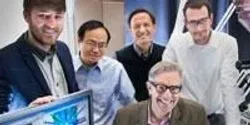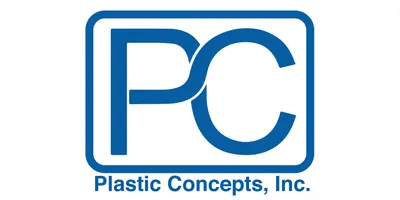News

Princeton University Press, in partnership with Tizra, Hebrew University of Jerusalem, and California Institute of Technology, announces the launch of THE DIGITAL EINSTEIN PAPERS . This unique, authoritative resource provides full public access to the translated and annotated writings of the most influential scientist of the twentieth century: Albert Einstein.

A research team led by physicists at the University of Wisconsin-Milwaukee (UWM) has proven a method that makes it possible to find the atomic structure of proteins in action by producing “snapshots” of them with unprecedented spatial and temporal resolution

Finding gives scientists a new group of materials to explore to unlock secrets of some materials' ability to carry current with no energy loss.

New research from North Carolina State University and the University of Minnesota shows that the majority of consumers will accept the presence of nanotechnology or genetic modification (GM) technology in foods – but only if the technology enhances the nutrition or improves the safety of the food.

IBM's SoftLayer cloud-enabled World Community Grid to provide free virtual supercomputer power to The Scripps Research Institute to speed screening of promising chemical compounds.

A team of biomedical engineers at Washington University in St. Louis, led by Lihong Wang, PhD, the Gene K. Beare Distinguished Professor of Biomedical Engineering, has developed the world’s fastest receive-only 2-D camera, a device that can capture events up to 100 billion frames per second.















